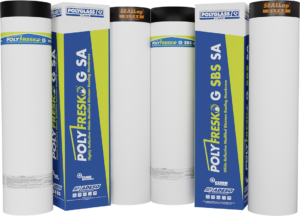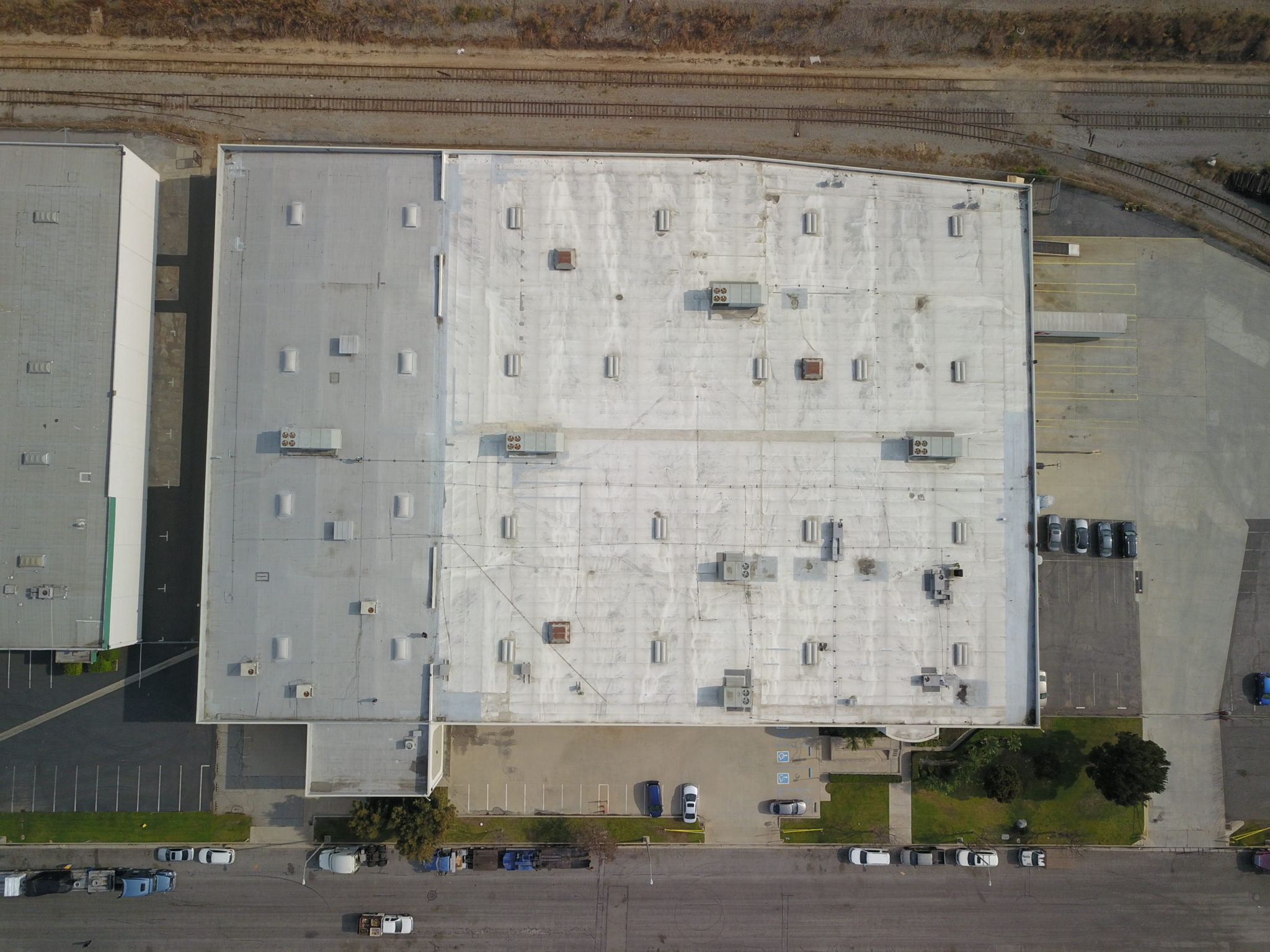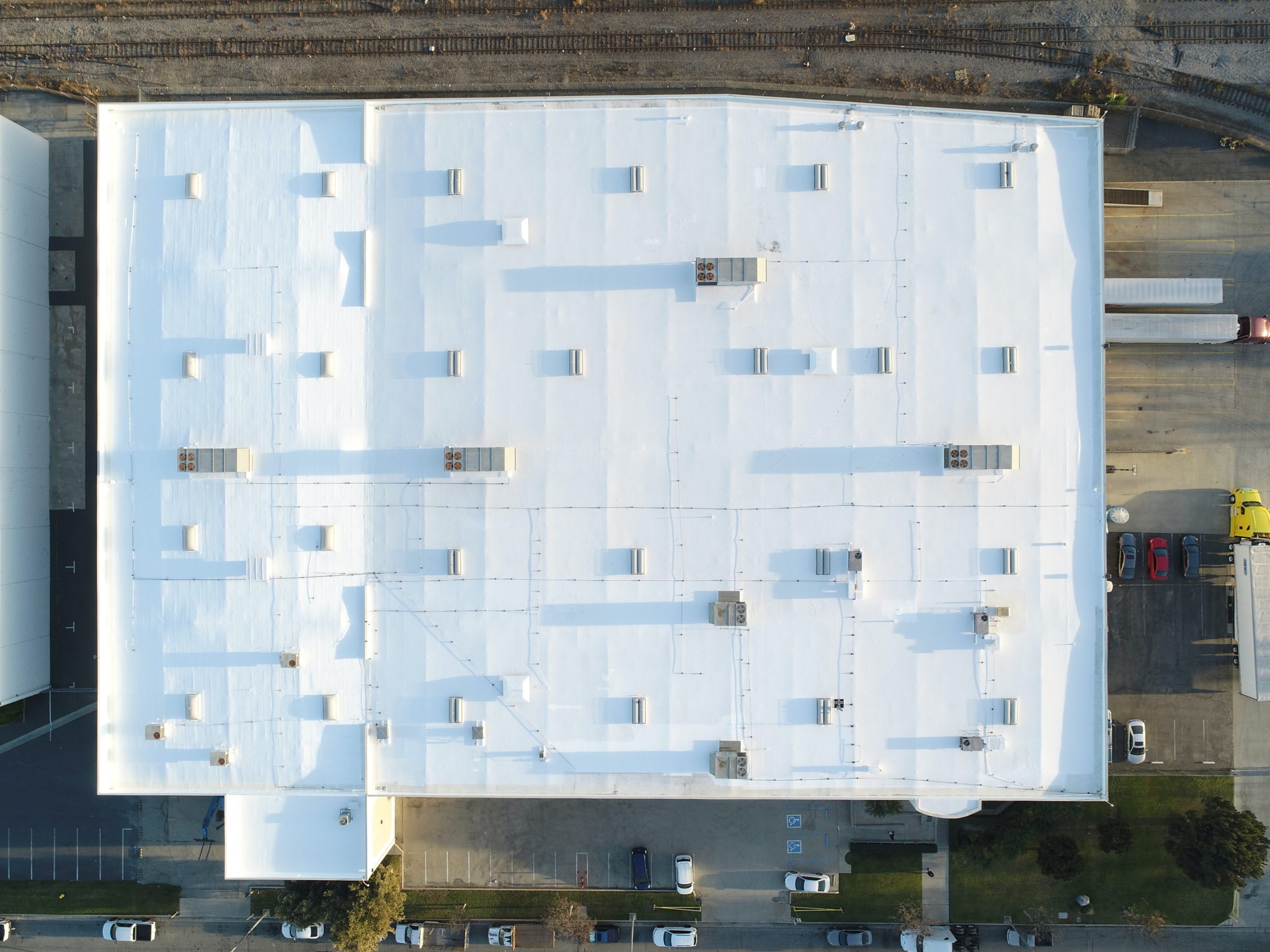The building envelope helps protect occupants from external environmental forces and plays a critical role in improving a structure’s overall energy efficiency. Building envelope components like exterior walls and doors, roofs, ceilings, windows, and floors provide an initial thermal and air barrier between a building’s interior and exterior and determine how much energy is required to cool or heat a structure.
According to the International Energy Agency (IEA), buildings are responsible for roughly 40% of the world’s energy consumption and about one-third of global greenhouse gas (GHG) emissions. A 2019 IEA review of the energy policies of the U.S. highlighted that space heating of residential buildings accounted for the most significant energy demand in the U.S. In addition, the review showed that in 2017, residential and commercial building sectors consumed 32% of the country’s total final energy consumption (TFC) in nearly equal shares.
Improving a building envelope’s design while utilizing the most energy-efficient materials and products is essential for tackling a building’s energy consumption. This article examines how to increase a building envelope’s energy performance, focusing on cool roofing systems, materials, and technologies.
An Energy-Performance Roadmap for the Building Envelope
The key to achieving an energy-efficient building is controlling airflow, moisture, and heat transfer through the building envelope. The heat transfer and thermal conductivity of a building’s roof, foundation, and walls significantly influence how much energy is needed to meet its interior heating and cooling demands.
The IEA’s Technology Road Map report identified the following measures for improving the building envelope’s energy performance.
- Proper air sealing with controlled ventilation for fresh air to reduce air leakage rates
- Adequate insulation in walls, roofs, and floors, to limit heat loss in cold weather and prevent excess heating in hot weather
- High-performance windows to balance thermal transmittance
- Highly-reflective technology used on roof surfaces to keep building interiors cool
- Appropriate moisture management at thermal bridges, such as the wall, floor, or roof junctions, to prevent structural damage.
How Energy-Efficient Roofs Help Cool Buildings
The more a roof can reflect ultraviolet (U.V.) radiation and re-emit the heat energy it absorbs, the less energy is needed to make a building’s interior comfortable for its occupants. As a result, highly-reflective roofs – or “cool roofs” – have increased in popularity as a passive cooling strategy to lower a building’s energy use and have proved effective in keeping a building’s interior cool in hot-weather climates. According to the CRRC, cool roofs facilitate average energy savings from 7% to 15% of total cooling costs.
Today’s cool roof technology includes light- to white-colored modified bitumen membranes with reflective granules and liquid-applied roof coatings. Light-colored roofs are better as solar reflectors and absorb less heat than their darker counterparts. According to the U.S. Department of Energy (DOE), light-colored roofs absorb less than 50% of incoming solar energy, while dark roofs absorb 90% or more. The cooler a roof’s temperature is, the less heat flows into the building’s interior, reducing the need for air conditioning.
How a Roof’s “Coolness” is Measured
The Solar Reflectance Index (SRI) calculates a roofing product’s ability to reject solar heat. A product’s total SRI value is determined using its solar reflectance and thermal emittance values. SRI values range from 0 to 100. Products with a high SRI value have lower surface temperatures and are more energy efficient. Conversely, products with lower scores are less solar-reflective and not as effective in helping to cool a building’s interior.
Because roofing materials can soil and weather over time, a roofing product’s initial SRI is measured and recorded as well as its value at three-year weathered (or aged), to determine its performance over time. Polyglass’ Polyfresko® G, for example, is a plastomeric granulated cap sheet used in low-slope roofing with an initial SRI of 96 and 83 (3-year weathered).
As the U.S. Department of Energy (UDOE) highlighted in its cool roof guidelines, different programs and state-based regulatory bodies use different SRI values to classify cool roofing products. In addition, roofing materials for low-slope roofs are measured differently from steep-slope roofing products. The examples provided include the Leadership in Energy and Environmental Design (LEED) program, which defines a cool roof as one with a minimum SRI value of 78 (if low-sloped) and 29 (if steep-sloped).
The ENERGY STAR® program’s definition of a “cool roof” is a low-slope roof with a minimum solar reflectance of 65 (initial) and 50 (aged); steep-sloped roofs that qualify as “cool” by ENERGY STAR® standards need an initial S.R. value of 25 and 15 (aged).
Understanding local building codes and laws is essential for compliance and identifying any incentive plans (such as tax credits, utility rebates, or loan programs) to encourage the adoption of cool roof technology. The Cool Roof Rating Council (CRRC) provides an updated list of financial incentive programs and rebates by each state, as does the Database of State Incentives for Renewables & Efficiency.
How to Improve Your Roof’s Energy Performance With Polyglass
 Polyglass’ Kool Roof Solutions™ range comprises highly-reflective, white modified bitumen membranes and white elastomeric roof coatings to help reduce U.V. deterioration and increase the reflectivity of a commercial or residential building roof system.
Polyglass’ Kool Roof Solutions™ range comprises highly-reflective, white modified bitumen membranes and white elastomeric roof coatings to help reduce U.V. deterioration and increase the reflectivity of a commercial or residential building roof system.
Our Polyfresko Atactic Polypropylene (APP) and Styrene-Butadiene-Styrene (SBS) modified bitumen membranes meet or exceed most standards for cool roofing. The Polyfresko range utilizes our patented thin-film CURE Technology®, which provides a minimal surface finishing for vastly improved surface reflectivity and membrane emissivity. In addition, Polyfresko membranes resist asphaltic bleed and color staining to retain their reflectivity and color integrity.
Polyglass’ P.G. and POLYBRITE® white elastomeric coatings provide industry-leading reflectivity and U.V. protection, helping to keep building temperatures cool.
The ICU Medical Project
Our highly-reflective Polybrite products were chosen for an 80,000-square-foot roof restoration project for one of ICU Medical’s climate-controlled warehousing and distribution centers in Santa Fe Springs, CA. Polybrite cures to a highly durable and flexible membrane and has superior U.V. resistance and “cool roof” properties.
California has some of the strictest Green Building Standards Codes in the U.S., and roofing products chosen needed to meet cool roof requirements stipulated by Title 24, Part 6, of the (then) 2016 California Building Energy Efficiency Standards. Polyglass’ line of white Kool Roof Solutions products was designed to comply with these standards.
Roofing contractors C.I. Services Inc. chose our Polyglass Polybrite silicone system for the repairs, starting with our water-based Polybrite 98 Primer followed by our premium liquid applied Polybrite 90.1 Silicone Coating.


Watch the YouTube video below for more before and after footage of the roof restoration for the ICU Medical warehouse.
Energy-efficient building envelope materials like help reduce a building’s energy consumption and carbon emissions and help lower a facility’s operational costs.
Get in touch with our team of experts today to discuss the best Kool Roof Solutions for your next commercial or residential roofing project.
